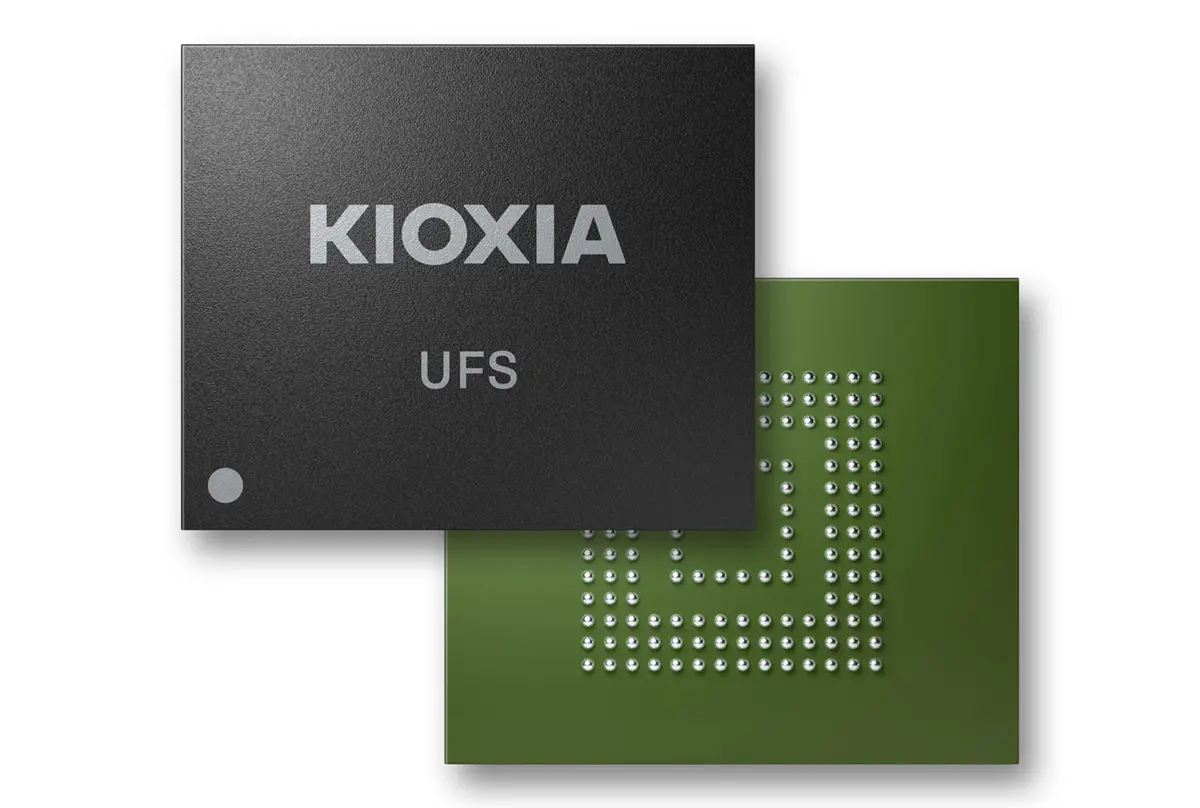Western Digital and Kioxia contaminated factories have resumed normal production
In the last month, Western Digital and Kioxia have issued statements claiming that certain materials used in the manufacturing process have been contaminated. Since late January 2022, part of the business of the two factories in Yokkaichi and Kitakami, Japan, has been affected, and production lines have finally been shut down. The possible reason is the use of components containing impurities in the specific production process of BiCS Flash, which affects the production of 3D NAND flash memory.

Today, Kioxia announced that necessary measures have been taken to resolve the production issues, and the two affected factories have resumed normal operations at the end of February. Kioxia expects shipments of 3D NAND flash memory to be affected, and as production fully resumes, it will continue to work hard and do everything possible to reduce the impact on customers.
Western Digital and Kioxia together produce more NAND flash memory than any other manufacturer in the industry, occupying more than one-third of the market share. Only Samsung is relatively close, and problems in production have a greater impact on market supply and prices. According to previous announcements, at least 6.5 exabytes of flash memory were contaminated.
TrendForce previously stated that the affected 3D NAND flash memory production accounted for 13% of Western Digital and Kioxia’s production in the first quarter, and about 3% of the total production for the whole year. It is expected that the price of NAND flash memory in the second quarter is likely to turn from falling to rising, with a surge of 5% to 10%.





